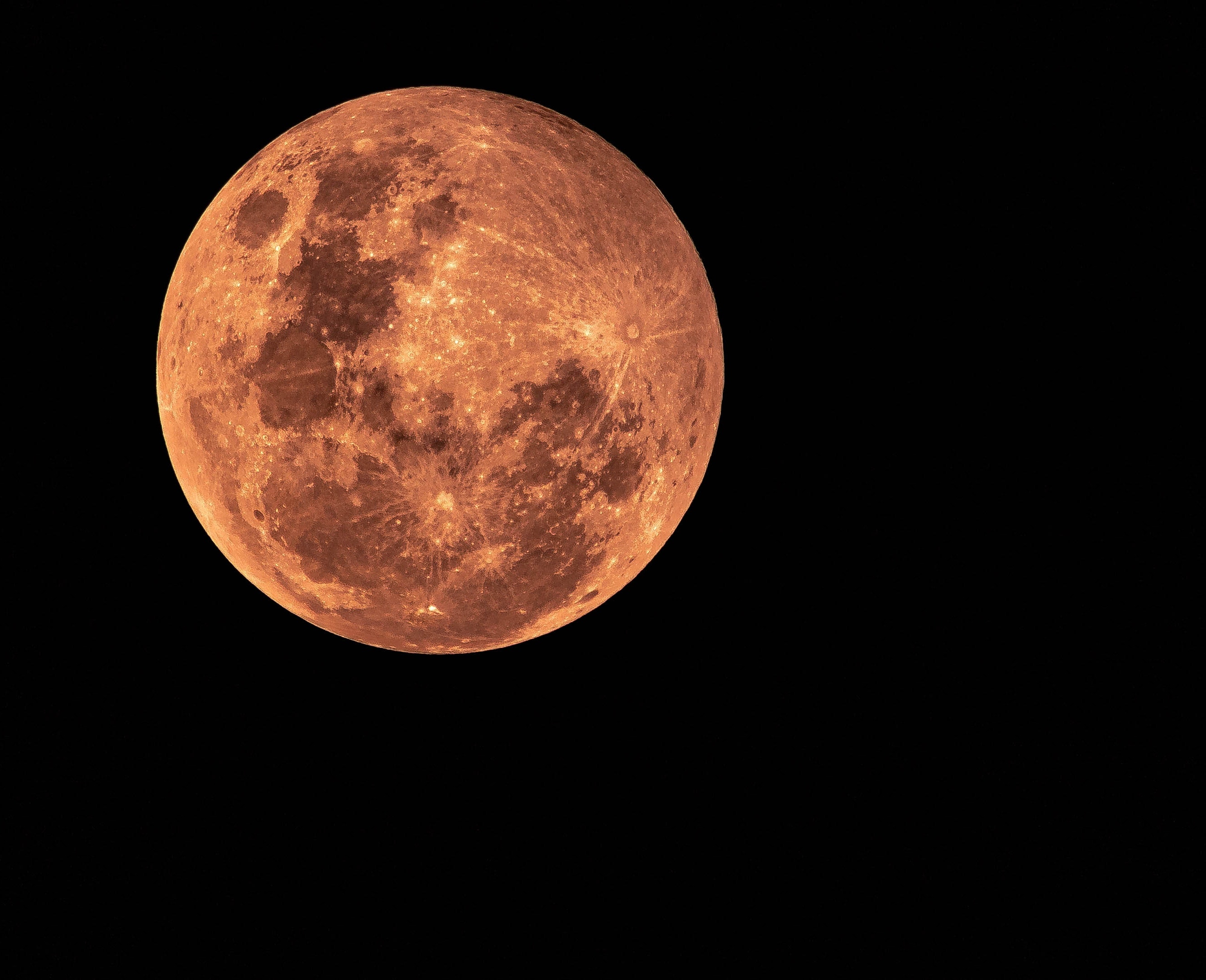
The Sizzling Secrets of Venus: Solar System’s Hottest Planet
When you think of the hottest place in the solar system, you might imagine the blazing Sun or Mercury, the closest planet to it. But guess what? The real scorcher is Venus—the second planet from the Sun!
So how does Venus beat Mercury in the heat game? Let’s dive into the sizzling secrets of this fiery world!
🌍 A Planet of Extremes
Venus is often called Earth’s “sister planet” because they’re similar in size and composition. But don’t let that fool you. Venus is anything but friendly.
- Average Surface Temperature: A whopping 465°C (869°F)—hot enough to melt lead!
- Thick Atmosphere: Venus has a super thick atmosphere made mostly of carbon dioxide, with clouds of sulfuric acid. Not exactly a walk in the park.
☁️ The Greenhouse Gone Wild
Here’s the secret to Venus’s sweltering heat: the greenhouse effect.
On Earth, greenhouse gases like carbon dioxide trap heat to keep our planet warm. But Venus has taken this to the extreme. Its dense CO₂ atmosphere traps so much heat that it creates a runaway greenhouse effect, making it the hottest planet—even hotter than Mercury, which is much closer to the Sun.
🌪 Winds Faster Than Hurricanes
High up in Venus’s clouds, winds can blow at speeds of over 360 km/h (224 mph). That’s faster than the strongest hurricanes on Earth! But if you stood on Venus’s surface, you wouldn’t feel a breeze—the thick air is so heavy, it would crush you long before you noticed the wind.
🌅 Sunrises from the West?
On Venus, the Sun rises in the west and sets in the east. That’s because Venus rotates in the opposite direction of most planets. Even weirder? One day on Venus (one full rotation) is longer than its year! That means Venus spins super slowly.
- 1 Venus Day = 243 Earth Days
- 1 Venus Year = 225 Earth Days
So technically, a day on Venus is longer than its year!
🧪 What Can Venus Teach Us?
Venus is like a laboratory for understanding how planetary atmospheres work. Studying it helps scientists learn more about:
- Climate change and greenhouse gases
- How planets evolve
- The limits of life and habitability
Some researchers even believe Venus might have had oceans billions of years ago. Imagine Venus with water and a cooler climate—what a twist!
🧠 Fun Fact Challenge:
Q: If Venus is so hot, how do scientists study it?
A: With specially designed spacecraft that can survive the heat—for a short time! NASA’s Magellan mapped the surface using radar, and future missions like VERITAS and DAVINCI will explore even more.
💡 Final Thought
Venus may be Earth’s twin in size, but it couldn’t be more different in temperature, atmosphere, and behavior. It’s a sizzling reminder of how planets can change over time—and how important our own atmosphere is here on Earth.
Photo by Johan De Beer: https://www.pexels.com/photo/venus-in-black-background-5476413/




